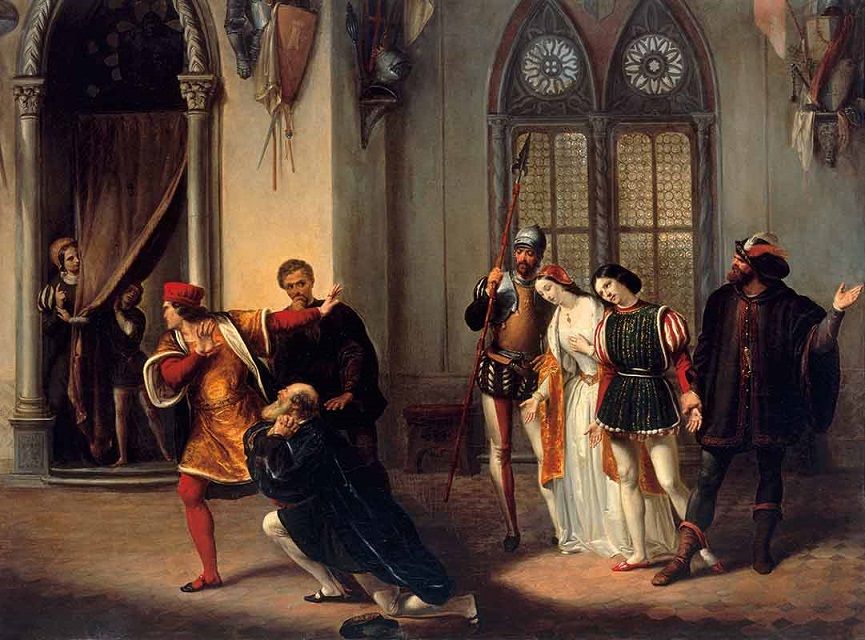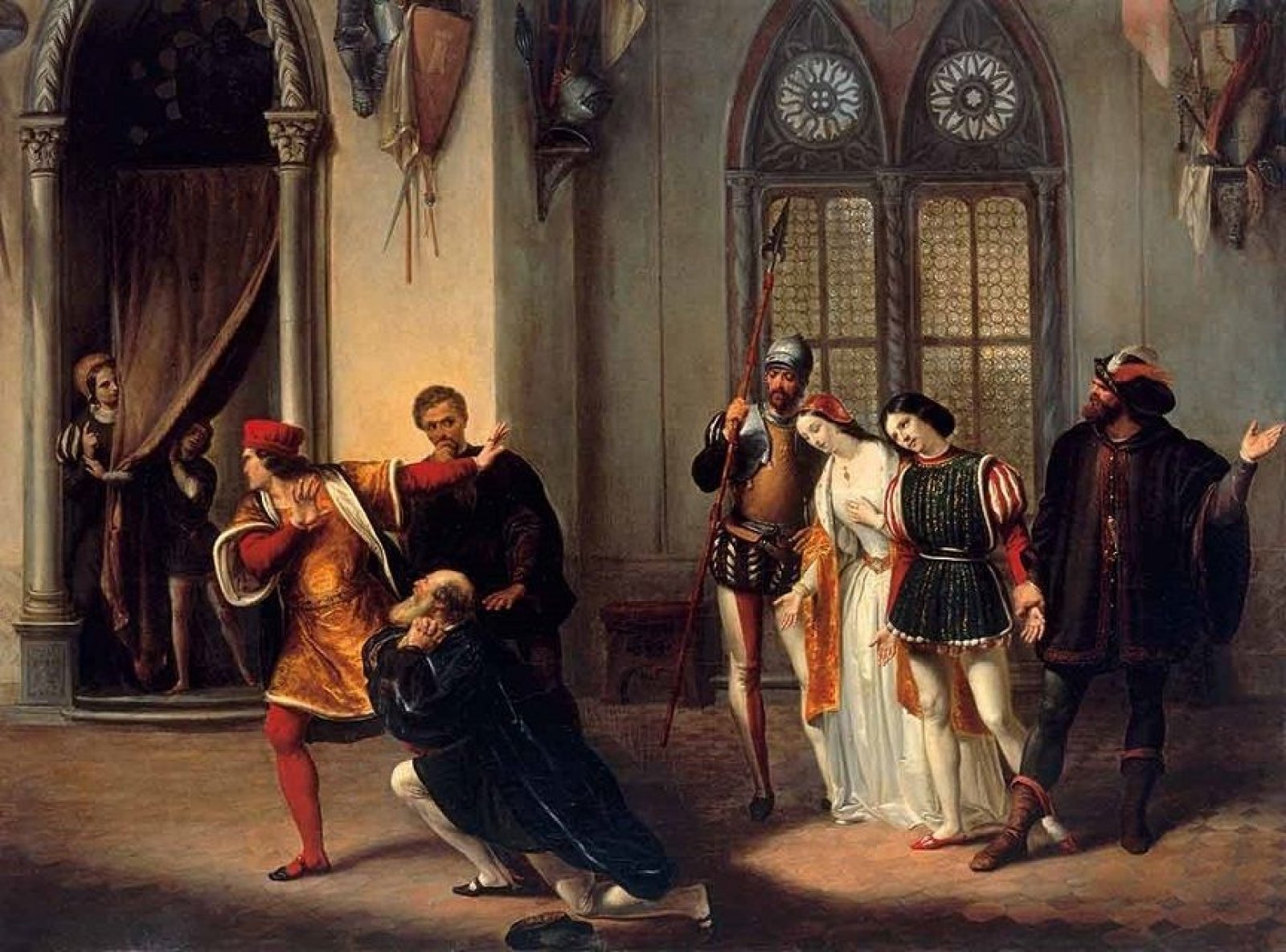Potrebbe interessarti anche

Some stories transcend centuries, carrying with them passions, dramas, and secrets that still speak to us today. In Ferrara, the Estense Castle preserves one of these tales: the forbidden love between Ugo d’Este and Parisina Malatesta, which ended with their beheading on May 21, 1425. Not a legend, but a real event—one that turned the fortress walls into silent witnesses of a cruel destiny.
A Love Born in the Corridors of the Court
Parisina, the very young bride of Niccolò III d’Este, fell in love with her stepson Ugo, the future heir to the lordship. The two twenty-year-olds lived a year of secret encounters between Ferrara and the Delizie estensi, until they were discovered by the marquis, who showed no mercy. On May 21, 1425, the lovers were led into the castle dungeons and executed.
Today, visitors can still enter the underground chambers where the tragedy unfolded—spaces that convey an intense emotion and allow you to touch the most dramatic side of Estense history.
From Myth to Culture
The story of Ugo and Parisina has crossed centuries and borders, inspiring poets, playwrights, and composers: from Lope de Vega to Byron, from Donizetti to Mascagni, all the way to Achille Funi’s frescoes in the Sala dell’Arengo. A tale that rivals the great tragic loves of Romeo and Juliet or Paolo and Francesca, yet remains deeply rooted in Ferrara and its landmarks.
A walk through the historic center lets you revisit the places that framed this tragic romance:
-
the Estense Castle, with its dungeons that still whisper the lovers’ fate,
-
the Ariostea Library, guardian of memories and studies on the women of the court,
-
the Sala dell’Arengo inside the Palazzo Comunale, where Achille Funi immortalized their condemnation among frescoes that narrate the myths of Ferrara.
To explore these places is to weave together the city’s Renaissance beauty with the timeless allure of a story that continues to move hearts.
 Girolamo Domenichini, The Condemnation of Ugo and Parisina -1836- Museum of the Nineteenth Century -Ferrara
Girolamo Domenichini, The Condemnation of Ugo and Parisina -1836- Museum of the Nineteenth Century -Ferrara
This article was written in collaboration with Filo Magazine, based on the original piece by Flavia Franceschini.

